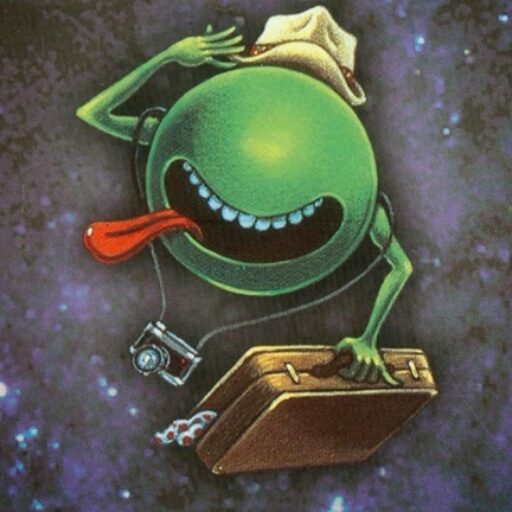So today is the 30th anniversary of the Yankee Ron Blomberg’s walk against Boston’s Luis Tiant, initiating the era of the infamous Designated Hitter. Even though I’m not a player, or a journalist, or anyone with a semi-educated opinion on the subject, I thought I’d weigh in on the subject.
The DH rule is an abomination to baseball. It’s worse than interleague play, worse than players on steroids, and worse than Bud Selig. If that doesn’t tell you how I feel on the subject, you obviously haven’t been paying attention.
The DH rule is a violation of one of the sacred principles of baseball – nine guys play offense, nine play defense, and once you pull a player from the game, he doesn’t come back. DHs make a mockery of managers and pinch hitters. This so that we can protect pitchers from having to learn to hit and extend the careers of players who should have retired already.
The DH served an important role in amping up the offense in the American League in an era when it was the NL‘s poor step-cousin. However, we will never be able to say for sure that lowering the pitcher’s mound from 15 inches to 10 wouldn’t have done that on its own. At this point, offense in the Majors is almost out of control. The mound should go back to about 12 inches, and we should dump the DH. Of course, in the new era of hitter-friendly parks, where a 2.50 ERA is considered a remarkable achivement, that will never happen. “Chicks dig the long ball,” the commercial of a few years back reminds us.
What is the big deal, you might ask? So pitchers don’t have to bat – it just keeps the 9th position in the order from being an automatic out, improving the flow of the game and making pitchers work for every out, right? That might be fine, except that it translates to not just one half-player on each side (the pitcher), but two. The DH position has become a haven for players who have lost a step, or who are defensive liabilities, too inept with a glove even to play right field. Yes, it extended the careers of many modern Hall-of-Famers, such as Aaron, Winfield, and Reggie Jackson. But any player who truly belongs in the Hall doesn’t need to play only half the game just to get 3,000 hits.
There is a purity to the way the game is played in the National League, and not just because all 9 players play both ways. Using your pitching staff is a challenge to managers. Are you going to bring in your closer to get the third out in the 8th if he has to bat at the top of the 9th? Are you going to waste another middle reliever to get one out instead, especially if the game is close and could go to extra innings? Simple left- vs. right-handed percentages aren’t all that apply. Do you let your starting pitcher bat in the bottom of the 5th with two outs and the score tied? What if he’s only thrown 75 pitches, with the bottom of your opponent’s order coming up? The DH reduces these questions to academic nonsense. Managers can let their pitchers go as deep as they want, regardless of any other consideration.
The fact that it’s a rule not adopted by both leagues makes the problem so much worse. Access to a DH in 4 of the 7 games of the World Series presents a tremendous advantage to the AL, especially when NL teams seldom have a strong 9th bat to put up in that slot. Similarly, when the NL has home-field advantage, pitchers who seldom bat all year long, and managers who never have to confront the intricacies of the double-switch, are at a disadvantage. Now that we are saddled with interleague play (yet another assault on the game, thank you Bud), the problem has migrated to the regular season. Unfortunately, my fear is that the “solution” will eventually be to force the NL to adopt the rule.
